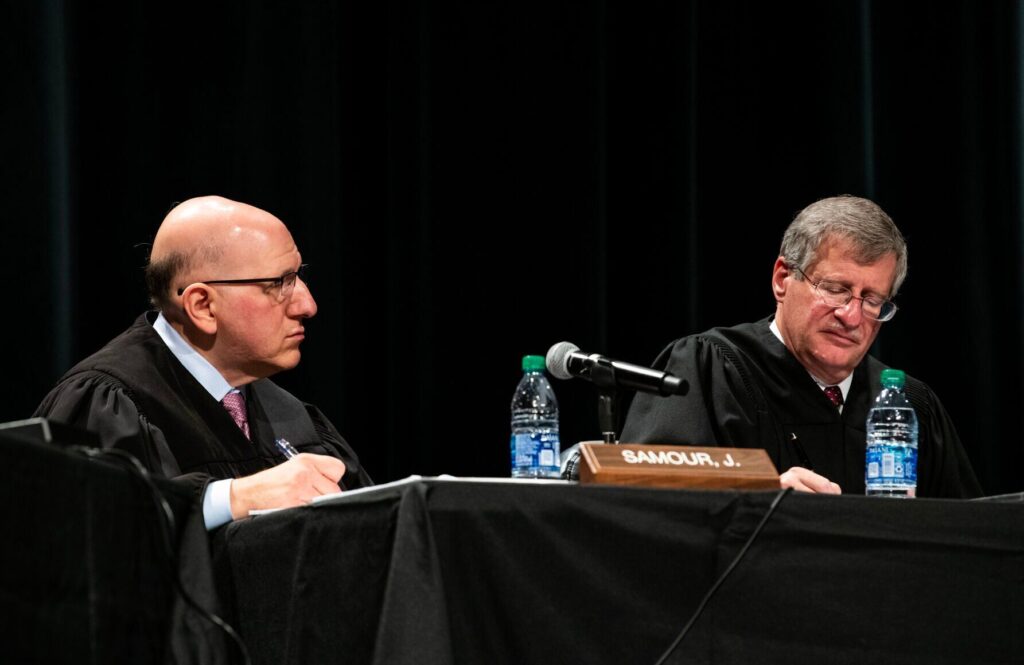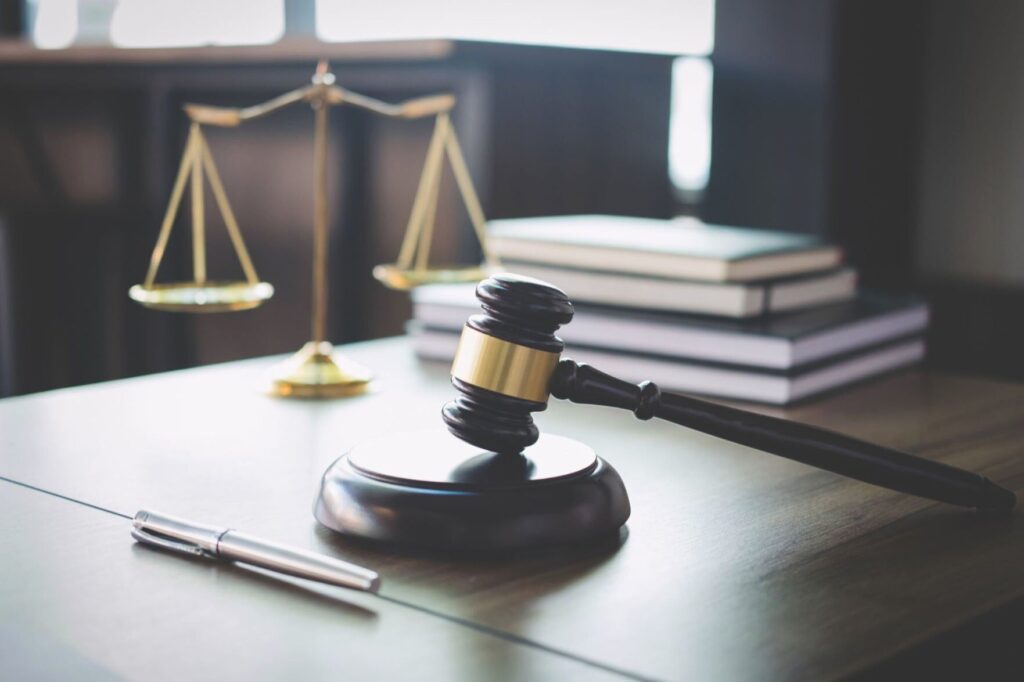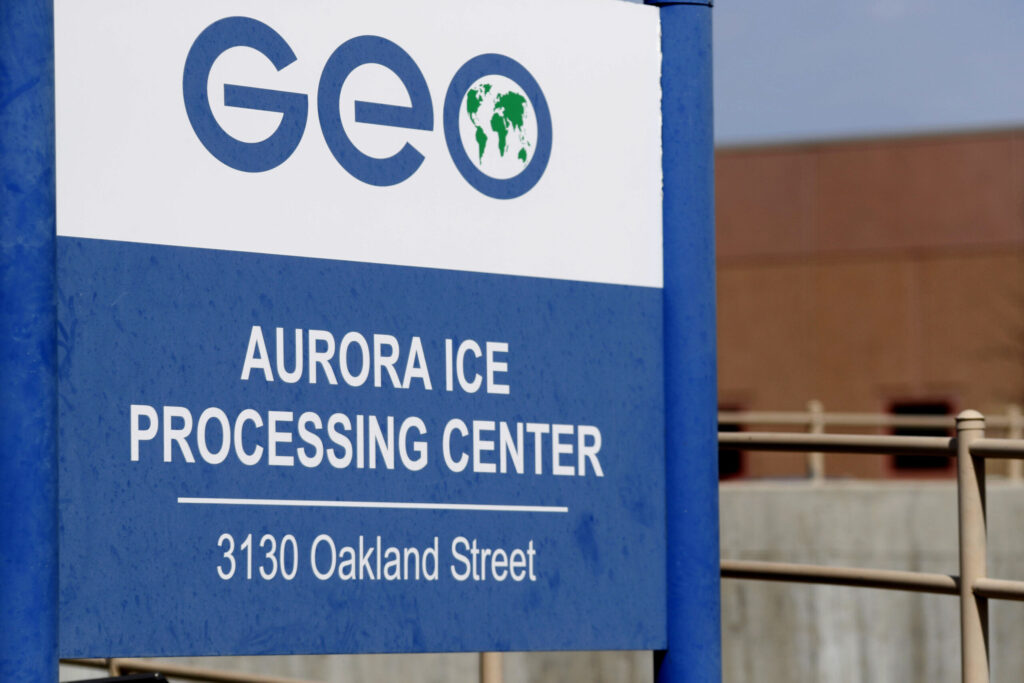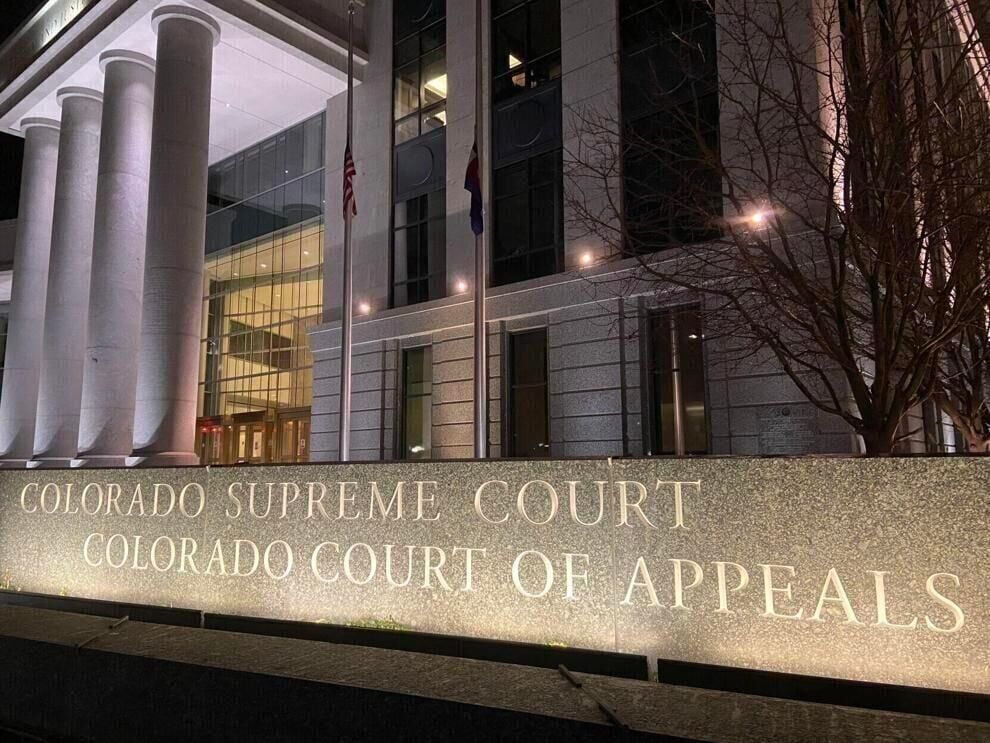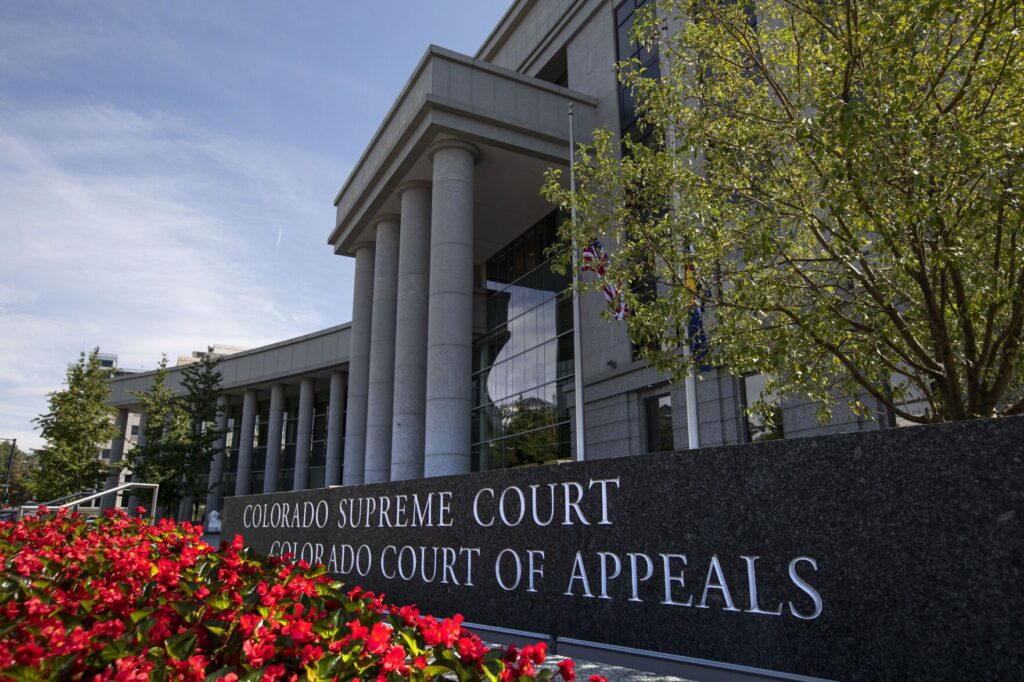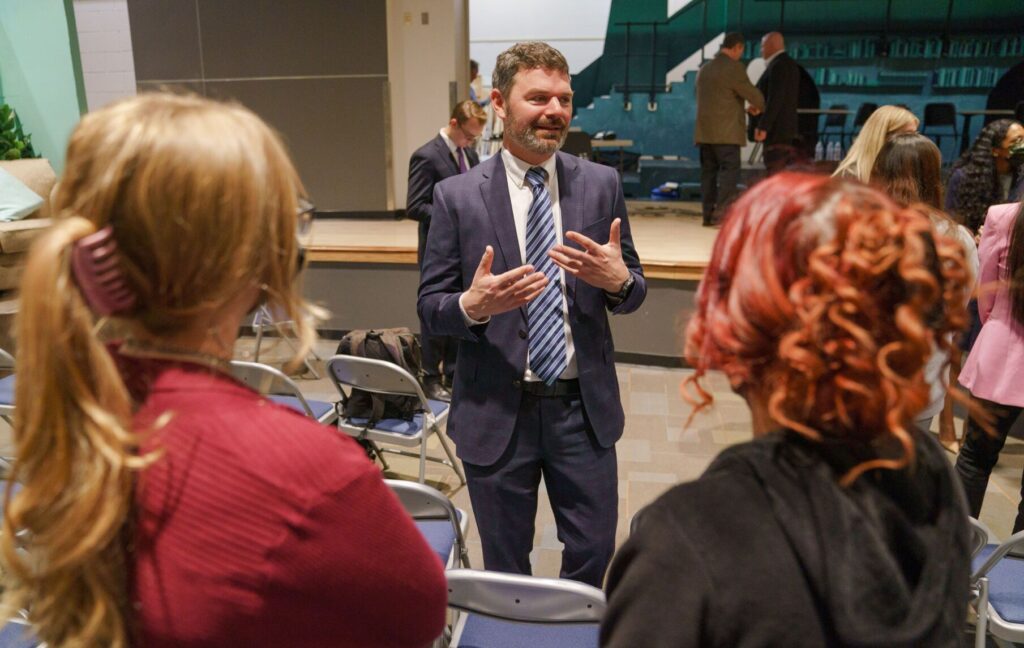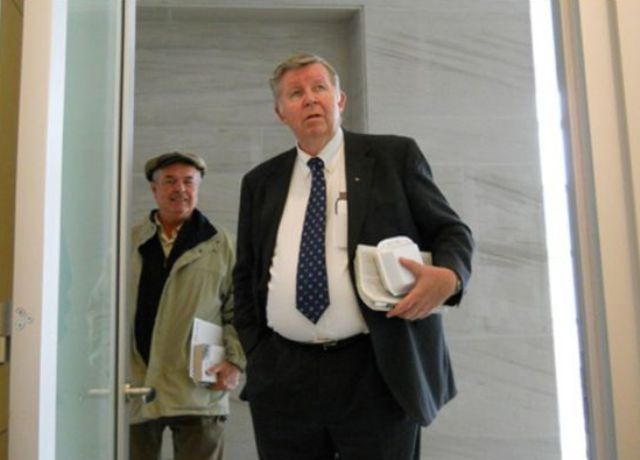Judicial committee secretly debates proposal to address racial bias in jury selection

A committee of the Colorado Supreme Court met behind closed doors on Friday to discuss two proposals for curtailing the exclusion of people of color from juries based on explicit or implicit racial bias.
The renewed effort comes months after legislation to accomplish the same goal died in the legislature in the wake of opposition from all 22 elected district attorneys. The court’s Rules of Criminal Procedure Committee also forwarded a similar pitch for a rule change to the Supreme Court last year, but the justices declined to act, citing a desire for greater consensus.
The committee’s chair, Judge John Daniel Dailey of the Court of Appeals, defended his decision to exclude the public from the judiciary’s discussions on a potential racial bias rule.
“There is nothing in rule or statute requiring me to open the meetings to the public,” he told Colorado Politics in an email. “To put forward the best proposals for the Supreme Court’s consideration, we need to be able to have frank and candid discussions.”
The focus on race-based exclusions of people from jury service has roots in the U.S. Supreme Court’s 1986 decision in Batson v. Kentucky, where an all-white jury convicted a Black man after the prosecution dismissed the Black members of the jury pool. The Supreme Court decided that purposeful racial discrimination in jury selection is unconstitutional.
Specifically, the majority established a process for “Batson challenges” during peremptory strikes of jurors, when the parties in a case may typically excuse people from the jury pool without explanation. Now, when the defendant raises a Batson challenge, the prosecution must offer “race-neutral” reasons for striking a juror of color, after which a trial judge will determine whether purposeful discrimination is at play.
At the time, Justice Thurgood Marshall, the first Black member of the Court, agreed with the outcome but pointed out the ease with which lawyers could mask their racial bias simply by providing any plausible alternative for excusing a juror of color. Marshall pointed to actual explanations in prior cases that specific jurors of color were “uncommunicative” or “never cracked a smile,” which attorneys referenced when justifying their nonracial motivations for a strike.
“If such easily generated explanations are sufficient to discharge the prosecutor’s obligation to justify his strikes on nonracial grounds, then the protection erected by the court today may be illusory,” Marshall wrote.
In 2018, the Supreme Court of Washington was the first to adopt a rule to address Marshall’s concerns, attempting to reduce the number of jurors of color being struck from juries due to reasons that, while not explicitly racial, were historically correlated with race — such as living in a “high-crime neighborhood” or expressing distrust in law enforcement. California enacted a similar measure legislatively in 2020.
Colorado’s criminal rules committee voted, 7-5, in January 2021 to forward a Washington-style rule change to the state Supreme Court. The court declined to take action, with Justice Carlos A. Samour Jr., the liaison to the rules committee, writing that if there were a future proposal with greater consensus, “the court will, of course, consider it.”
Ahead of the criminal rules committee’s July 15 meeting, committee member Kevin McGreevy, a defense attorney, authored a memo indicating generally strong agreement among the eight-member working group tasked with reviving the jury bias proposal.
“We were unanimous in that all the members of subcommittee could live with a rule on this topic,” he wrote on June 20. “One member pointed out that the value of having a rule, for symbolic significance of addressing racial bias, outweighed any shortcomings the rule might have in practical effect.”
All members agreed there should be certain reasons for a peremptory challenge that both parties at trial, or the trial judge, must corroborate before a juror of color may be excused. If a party plans to dismiss jurors for their demeanor, body language or alleged inattentiveness, the party must give the judge and opposing side the opportunity to verify the behavior is actually problematic, rather than a pretext for discrimination.
However, the subcommittee disagreed on other provisions, including the question of how a trial judge should analyze whether a peremptory strike is racially-motivated. Must a judge, for example, ask whether an “objective observer” could view race as a factor? Or should judges say outright whether they believe race was a substantial factor in the strike?
The majority’s proposal landed on the “objective observer” standard. It also excluded any mention of how appellate courts should review trial judges’ findings of racial discrimination. McGreevy explained that at least one member of the subcommittee worried about giving defendants a “second bite at the apple” by allowing appellate judges, years afterward, to decide on transcripts alone whether racial bias existed.
Finally, the majority of committee members supported including a list of justifications that would be presumably invalid for striking a juror of color, including if a juror has had prior contact with law enforcement, expresses a belief that police engage in racial profiling or if they are a non-native English speaker. Although there was a suggestion to forbid striking jurors based on their stated support for law enforcement — in addition to a stated distrust of law enforcement — the majority did not support such a change.
The goal, wrote McGreevy, “was to address the historic exclusion of people of color from jury service, not to keep Caucasians on juries — Caucasians are already well represented in jury service and have not faced historic discrimination.”
Robert M. Russel, a former Court of Appeals judge currently with the Denver District Attorney’s Office, forwarded an alternative, scaled-down proposal to the rules committee. Russel’s proposal would eliminate all of the presumptively-invalid reasons for striking a juror and permit appellate courts to leniently review a trial judge’s decisions only for an “abuse of discretion.” Although the proposal would expand Batson challenges to apply to gender, sexual orientation and religious affiliation, it would replace the “reasonable observer” standard with a judge’s own belief about whether those factors motivate the juror strike.
“That formulation more clearly allows the judge to consider both demeanor evidence and the judge’s own knowledge of the lawyers and the community,” Russel said.
The dueling proposals come four months after the Democratic legislators behind the legislative attempt at addressing jury selection bias wrote to the criminal rules committee and requested the judiciary act first by amending procedural Rule 24, which governs peremptory strikes.
“We hope your Committee will focus on the wrong that should be addressed, which is to prevent defining the lived experiences of minority community members, standing alone, as a valid reason for exclusion from jury service,” wrote Sens. Pete Lee, D-Colorado Springs, and Julie Gonzales, D-Denver, and Reps. Jennifer Bacon, D-Denver, and Steven Woodrow, D-Denver in a March 16 letter.
The letter, and its veiled criticism of the judicial branch, did not sit well with some in the courts.
“I’ve proposed an outline of a response,” Dailey, the chair of the rules committee, wrote in an internal email. “Thanks, you got a few things wrong. And don’t try to tell the supreme court what to do.”
If the Rules of Criminal Procedure Committee sends a proposed change to the Supreme Court, there may be an opportunity for the public to comment prior to adoption. A spokesperson for the judicial branch said the court tends to solicit input when there are differences of opinion on the proposed rule, or when there will be a significant effect on the judicial system.
Dailey said during his two decades chairing the rules committee, he has shut the public out of meetings in order to have candid discussions of “sometimes sensitive issues.”
“The process has produced good results for the public in the past, and I have no reason to believe it won’t do so now or in the future,” he said.
The subcommittee that developed the implicit bias proposals included McGreevy, Russel, Denver District Court Judge Shelley I. Gilman, Denver County Court Judge Chelsea Malone, Weld County Court Judge Dana Nichols, Sixth Judicial District Attorney Christian Champagne and public defenders Sheryl Uhlmann and Karen Taylor.



